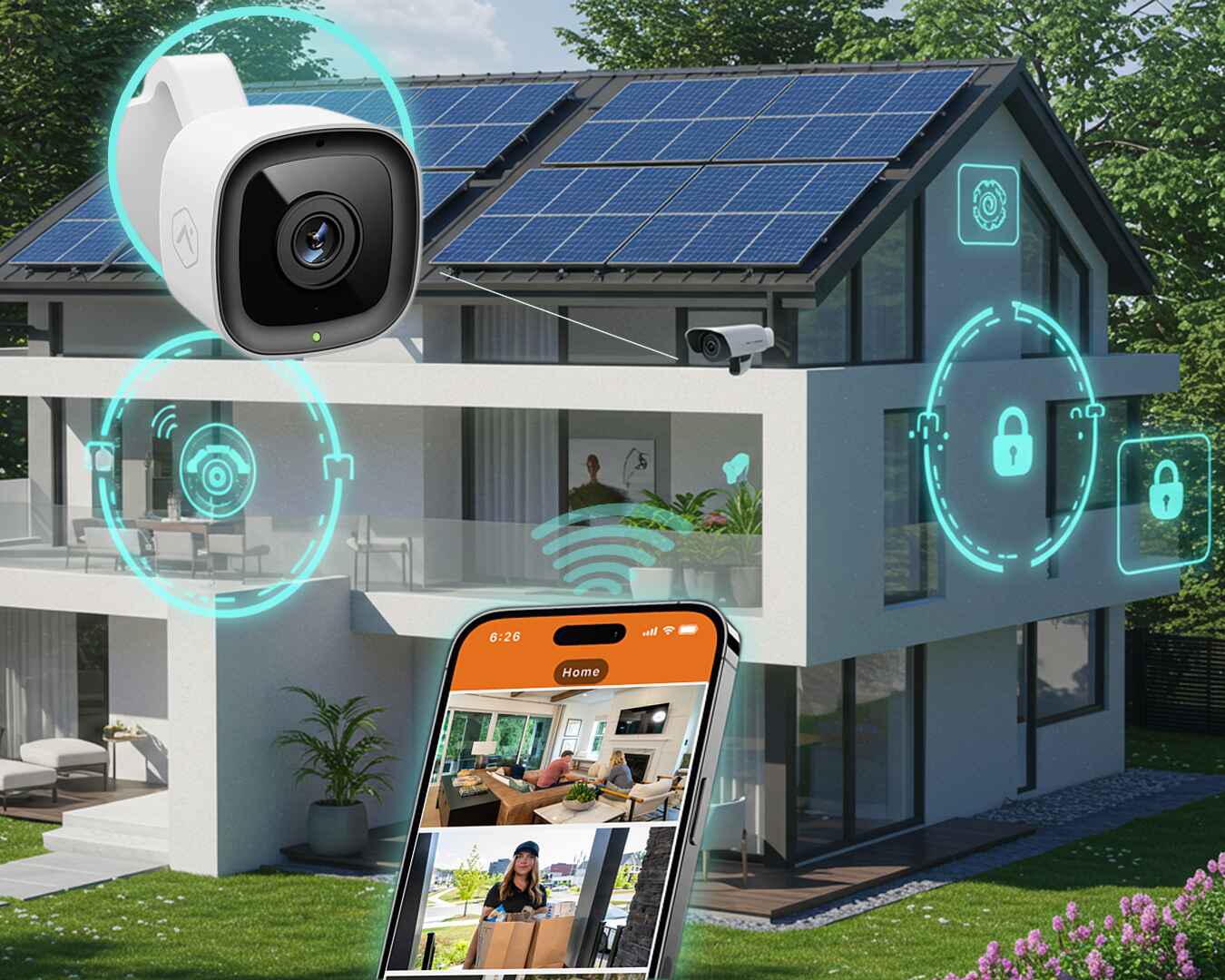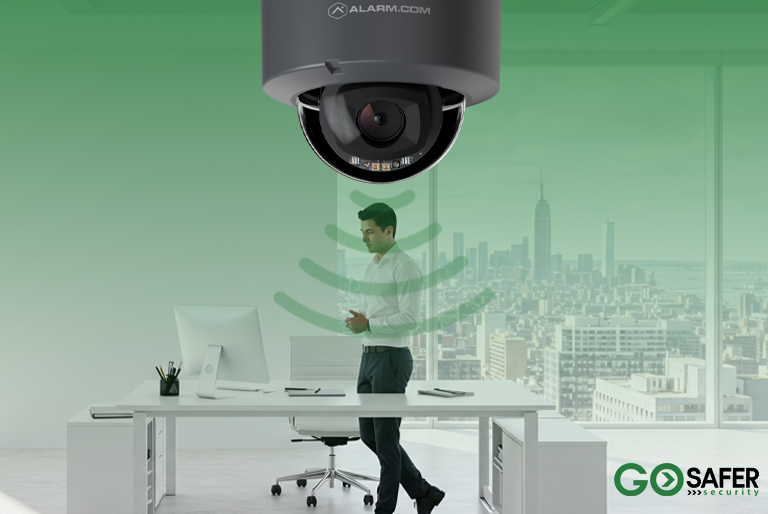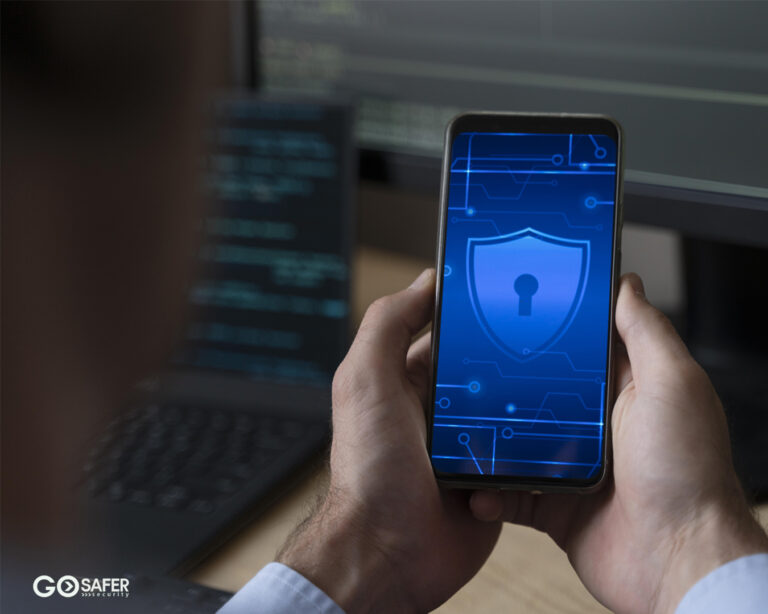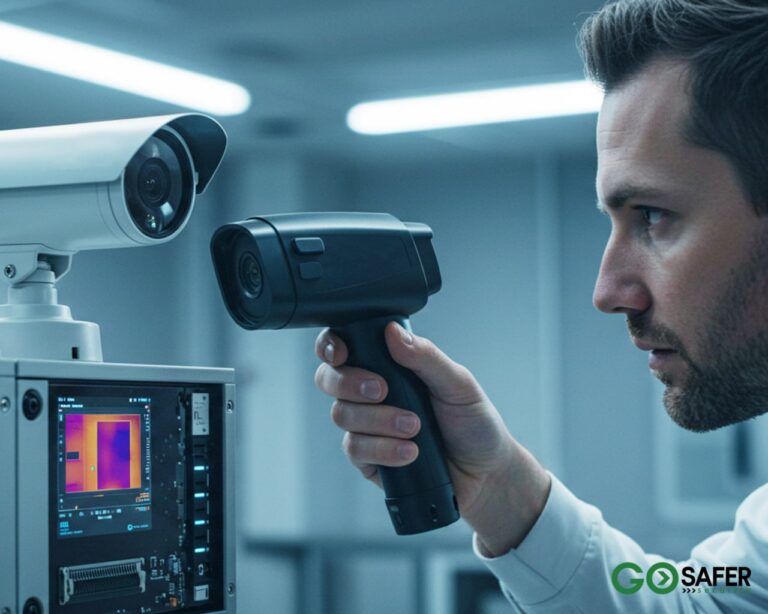Home security has come a long way from traditional locks and keys. Today, access control systems are at the heart of smart living, blending convenience with cutting-edge security. From biometric scans to smartphone apps and AI-powered monitoring, these advanced solutions are revolutionizing the way we protect our homes.
If you’ve ever wanted to feel both secure and connected, this guide on the top 10 cutting-edge home access control solutions is your must-read.
Table of Contents
ToggleUnderstanding Home Access Control Systems
What They Are and How They Work
Home access control systems regulate who can enter your home and when. These systems range from simple keypads to fully integrated smart ecosystems controlled via apps or voice assistants.
Traditional vs. Smart Access Control
While traditional locks rely on physical keys, modern systems use digital credentials, like fingerprints, smartphones, or cloud-based codes. Smart systems improve security and offer insights into who accessed your home and when.
Why Modern Access Control Matters
As our homes become smarter, with everything from refrigerators to thermostats evolving, home access systems are right there in the mix. Modern solutions aren’t just about security; they’re designed to make your life simpler, safer, and more convenient. Here’s why they matter:
- Eliminate the need for physical keys.
- Grant access remotely to guests or service providers.
- Receive instant alerts and logs for every entry.
By integrating with IoT and automation, today’s access control systems are faster, smarter, and more reliable than ever before.
Top 10 Cutting-Edge Home Access Control Solutions
Let’s explore the most advanced options that are transforming residential security.
1. Smart Locks with Biometric Authentication
Gone are the days of lost keys. Biometric smart locks use fingerprints, facial recognition, or even palm scans for authentication.
Why it’s a game-changer:
- Impossible to duplicate fingerprints
- Quick and contactless access
- Ideal for high-traffic households
2. Cloud-Based Access Management
Perfect for homeowners or Airbnb hosts, these systems let you manage entry remotely. You can issue temporary digital keys, monitor logs, and revoke access instantly.
Benefits:
- Remote control via mobile app
- Automatic record-keeping
- Scalable for multiple users
3. Mobile App-Controlled Door Systems
Your smartphone becomes your new key. With app-based entry, you can unlock doors, check visitor history, and even integrate with security cameras.
Advantages:
- Instant notifications
- Custom access schedules
- Integration with Apple HomeKit or Alexa
4. Video Doorbell Access Control
Smart doorbells now double as access controllers. They let you see, talk, and unlock doors from anywhere.
Examples:
- Alarm.com Video Doorbell
With AI motion detection, these devices can even differentiate between humans, pets, and deliveries.
5. Keyless Entry Keypads
Still one of the most practical options, keypads allow entry through secure PIN codes.
Why it’s popular:
- No keys needed
- Temporary codes for guests
- Easy installation
Many models now feature Wi-Fi connectivity and tamper alerts.
6. AI-Powered Access Control
AI adds predictive intelligence by learning your habits and adapting to them. It can detect unusual access patterns and alert you instantly.
Think: Your door knows when you should or shouldn’t be home.
7. Voice Recognition Access Systems
Say goodbye to fumbling for your phone or keys. Voice recognition systems like those integrated with Alexa or Google Assistant now allow voice-based entry verification.
Pros:
- Hands-free convenience
- Personalized profiles
However, manufacturers are enhancing anti-spoofing measures for improved reliability.
8. RFID and Smart Card Systems
Common in condos and gated communities, RFID systems use contactless cards or fobs to grant access.
Advantages:
- Fast authentication
- Ideal for multiple users
- Durable and secure
9. Integrated Smart Home Ecosystems
When your access control is part of a full home automation network, everything works together: lights turn on, cameras activate, and alarms arm automatically.
Examples:
- Alarm.com Smart Home Integration
- Qolsys IQ Panel with Smart Home Features
- Brivo Access Control with IoT Integration
This integration provides total situational awareness and seamless control.
10. Advanced Security Hubs with Cloud Backup
These central hubs connect all your smart devices and store encrypted data in the cloud.
Why it matters:
- Prevents data loss
- Enables centralized monitoring
- Enhances redundancy for uninterrupted access control
Key Considerations Before Choosing a System
Before you buy, consider:
- Compatibility: Will it work with your existing smart devices?
- Cybersecurity: Is data encrypted and stored securely?
- Cost: Think long-term—cheap systems may lack proper updates or support.
Look for solutions that comply with industry standards and prioritize ongoing software updates to ensure your system stays secure and functional over time.
Future of Home Access Control
Expect more AI integration, behavioral recognition, and decentralized security using blockchain. Soon, your home might not just recognize you; it’ll predict when you’re on your way.
Conclusion
Home access control has come a long way from basic locks to intelligent, adaptive systems that understand your lifestyle. The best part? You can mix and match these innovations to build a custom setup that fits your needs. With security and convenience at your fingertips, the future of home protection is already here.
FAQs
1. Are smart locks safe from hacking?
Yes, reputable brands use strong encryption, two-factor authentication, and frequent firmware updates to prevent breaches.
2. Can I integrate access control with other smart devices?
Absolutely. Most modern systems integrate with smart lighting, cameras, and home assistants.
3. What happens if the Wi-Fi goes down?
Many systems have offline modes or backup entry options like PINs or physical keys.
4. Are biometric locks reliable in all weather conditions?
High-quality models are designed to function in various climates, including rain and snow.
5. How do I choose the right system for my home?
Consider your home size, security needs, and preferred level of automation before choosing.







